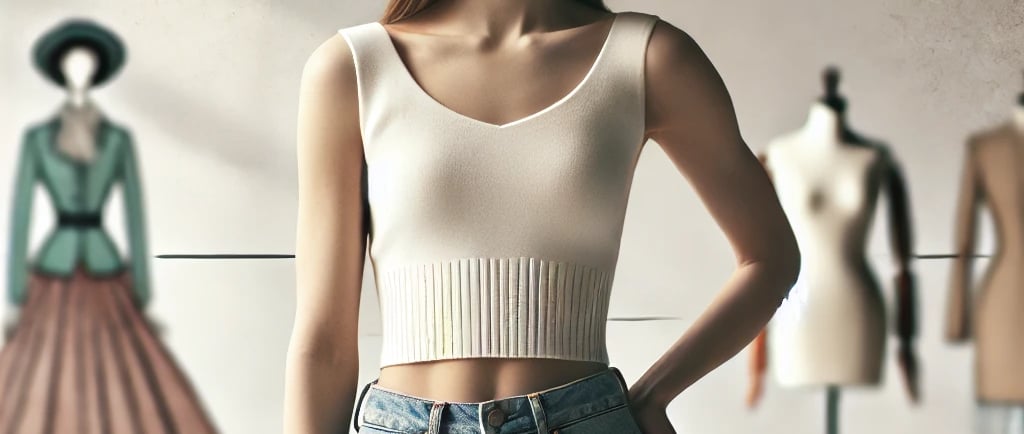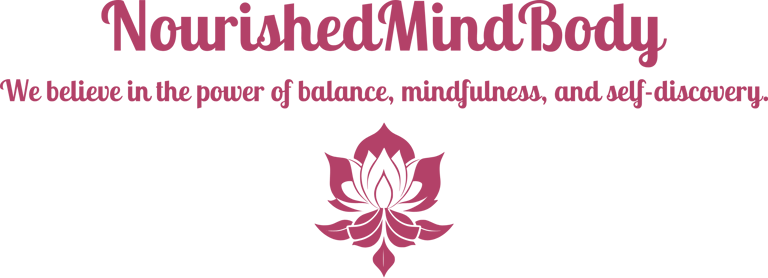Ozempic and Heroin Chic: Redefining Beauty Standards, Ozempic weight loss
Explore how Ozempic weight loss solution and the resurgence of the heroin chic aesthetic are reshaping beauty standards. This post discusses the implications for body image and mental health.
Dr. Rani
12/29/20245 min read
Era of Ozempic & Heroin Chic: A New Beauty Standard or Dangerous Trend?
In the ever-evolving world of beauty standards, we find ourselves at a unique and controversial juncture. Today, two seemingly unrelated phenomena are converging to create what can only be described as the "Era of Ozempic Heroin Chic." While this may sound like a contradiction, it’s a blend of the weight-loss drug Ozempic and the revival of the once-infamous "heroin chic" aesthetic, which dominated the fashion and beauty industry in the 1990s. This cultural moment, defined by a quest for extreme slimness, a hollowed-out look, and societal fascination with unattainable beauty ideals, has resurfaced with a vengeance in the 21st century.
But what exactly is happening in this era? Is it an advancement in body positivity and personal health, or is it a dangerous trend driven by societal pressures? And how does this fusion of weight-loss medication and the return of a controversial beauty standard affect our perception of self-worth?
Ozempic: The Miracle Drug or a Band-Aid for Deeper Issues?
To truly understand the emergence of Ozempic in today's culture, we must first take a step back and look at the rise of the drug. Originally developed for the treatment of type 2 diabetes, Ozempic gained unexpected fame in recent years as a weight-loss solution. The active ingredient, semaglutide, works by mimicking a hormone that regulates blood sugar and appetite. It essentially tells the brain that the stomach is full, reducing hunger and cravings.
In a world where dieting, weight loss, and body image dominate social media feeds, Ozempic quickly became a highly sought-after solution for anyone aiming to shed pounds rapidly. Celebrities, influencers, and regular individuals alike began to flock to the drug as a way to achieve the slim physique that has long been revered in Western beauty standards. What’s more concerning, however, is how this fast-track to weight loss has become intertwined with the resurgence of the heroin chic look—a look that was criticized for its unhealthy and unrealistic portrayal of beauty in the '90s but is now quietly making a comeback.
Heroin Chic: A Dangerous Beauty Ideal Reborn
The term "heroin chic" was coined in the early 1990s to describe a fashion and beauty aesthetic that celebrated gaunt, almost emaciated figures. The look, often associated with models like Kate Moss and celebrities like Courtney Love, was characterized by pale skin, dark circles under the eyes, and a thin, often fragile-looking frame. While this aesthetic was initially controversial for promoting an unhealthy body image, it nonetheless found a place in fashion and pop culture.
Fast forward to today, and there is an unsettling resurgence of this "heroin chic" ideal. The popularity of Ozempic has only fueled this return to extreme thinness, with people increasingly striving to emulate the skeletal, high-fashion look that defined the '90s. Instagram and TikTok influencers proudly showcase their transformations, boasting about rapid weight loss and "transformation" photos that mirror those of the heroin chic era. It’s almost as if we’ve forgotten the damage this ideal caused decades ago.
But here’s the most disturbing part: Ozempic and similar medications are not without their risks. Side effects range from gastrointestinal issues to potentially long-term health consequences, including thyroid cancer and pancreatitis. So why, in an age where mental health awareness is on the rise, do we continue to chase a beauty ideal that promotes such extreme, potentially dangerous measures?
The Personal Toll: Is the Ozempic Heroin Chic Era Worth the Price?
As someone who has witnessed the shift in beauty standards firsthand, it’s hard not to feel a sense of déjà vu. I remember a time when magazines, TV shows, and advertisements were dominated by the heroin chic look, pushing a narrative that slimness equaled beauty and success. There was no room for the celebration of diverse body types or the understanding that beauty comes in many shapes and sizes.
As I look around now, it seems we’re stuck in a similar cycle, only this time, the tools have changed. Ozempic is the new shortcut to achieving that coveted “thin” look, and the pressure to conform is stronger than ever. But with this new era comes an important question: Are we willing to sacrifice our health, both physical and mental, in the pursuit of a beauty ideal that has proven to be toxic?
I’m not suggesting that there is no room for weight loss, or that taking medication for health reasons is inherently wrong. But when it becomes a trend—when the idea of "skinny" becomes synonymous with "successful" or "beautiful"—we must stop and ask ourselves if we’re being driven by personal goals or societal pressures.
What’s worse is that this new wave of "heroin chic" glamorizes an unhealthy body type that we know causes severe emotional and physical damage. We’ve seen the stories of models and celebrities who struggled with eating disorders, mental health crises, and life-threatening situations in the pursuit of this look. Yet, here we are again, at the brink of another dangerous cycle.
Social Media: The Amplifier of Perfectionism
One of the most profound ways the Era of Ozempic and Heroin Chic has taken hold is through social media. Platforms like Instagram and TikTok have become breeding grounds for unrealistic beauty standards, where filtered images and heavily curated content create an illusion of flawlessness. Influencers, often with access to resources like Ozempic, readily share their weight-loss journeys, praising the drug’s rapid effects.
The hashtag #OzempicTransformation has flooded social media, showcasing dramatic before-and-after photos of people who’ve lost weight through the drug. But what is often missing from these stories is the psychological toll that weight loss can have, or the potentially dangerous side effects associated with Ozempic.
We need to consider whether the pursuit of this “perfect” body is worth the mental and emotional cost. It’s no secret that social media amplifies perfectionism, and as these platforms celebrate rapid transformations, they perpetuate an environment where everyone feels the need to conform to a very specific ideal.
A Call for Balance: Redefining Beauty and Health
As we dive deeper into the era of Ozempic and Heroin Chic, I urge everyone to take a step back and rethink what it means to be truly beautiful and healthy. There is no universal standard for beauty, and health is not defined by the number on a scale or the size of a person’s waistline.
Instead of chasing the fleeting trends of extreme slimness, let’s focus on sustainable health practices. Eating nutritious foods, exercising regularly, and prioritizing mental well-being should be the goals that we strive for. True beauty is not about fitting into a mold set by social media influencers or pharmaceutical companies, but about embracing individuality and loving oneself—imperfections and all.
In the end, the Era of Ozempic Heroin Chic will likely pass, just as previous beauty trends have. What remains to be seen is how we, as a society, will reshape our perceptions of beauty and health, and whether we’ll be able to foster an environment where self-worth is not measured by the weight on a scale, but by the strength of character, kindness, and authenticity.
Conclusion: A Moment of Reflection
We are living in a time of profound cultural shifts. The Era of Ozempic and Heroin Chic may be one of the more dangerous beauty trends we’ve seen in recent memory, but it also provides us with an opportunity to reflect. Do we want to be part of a cycle that values appearance over health? Or do we choose to rewrite the narrative and redefine beauty on our own terms?
I choose the latter. And I hope you will too.


